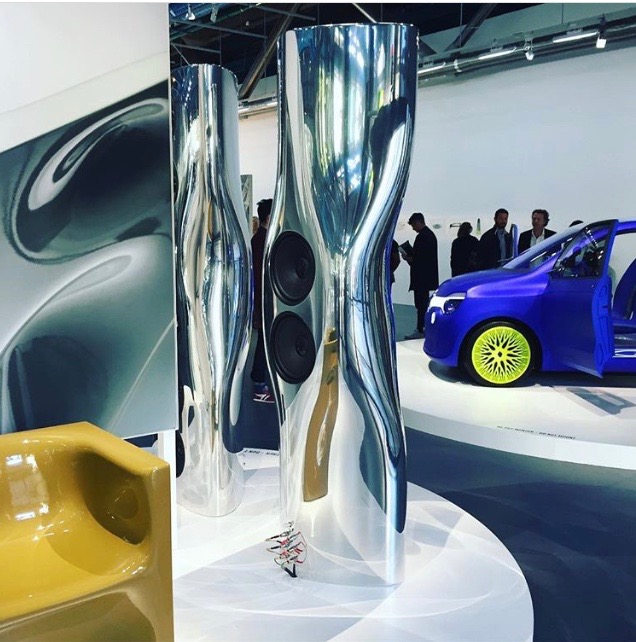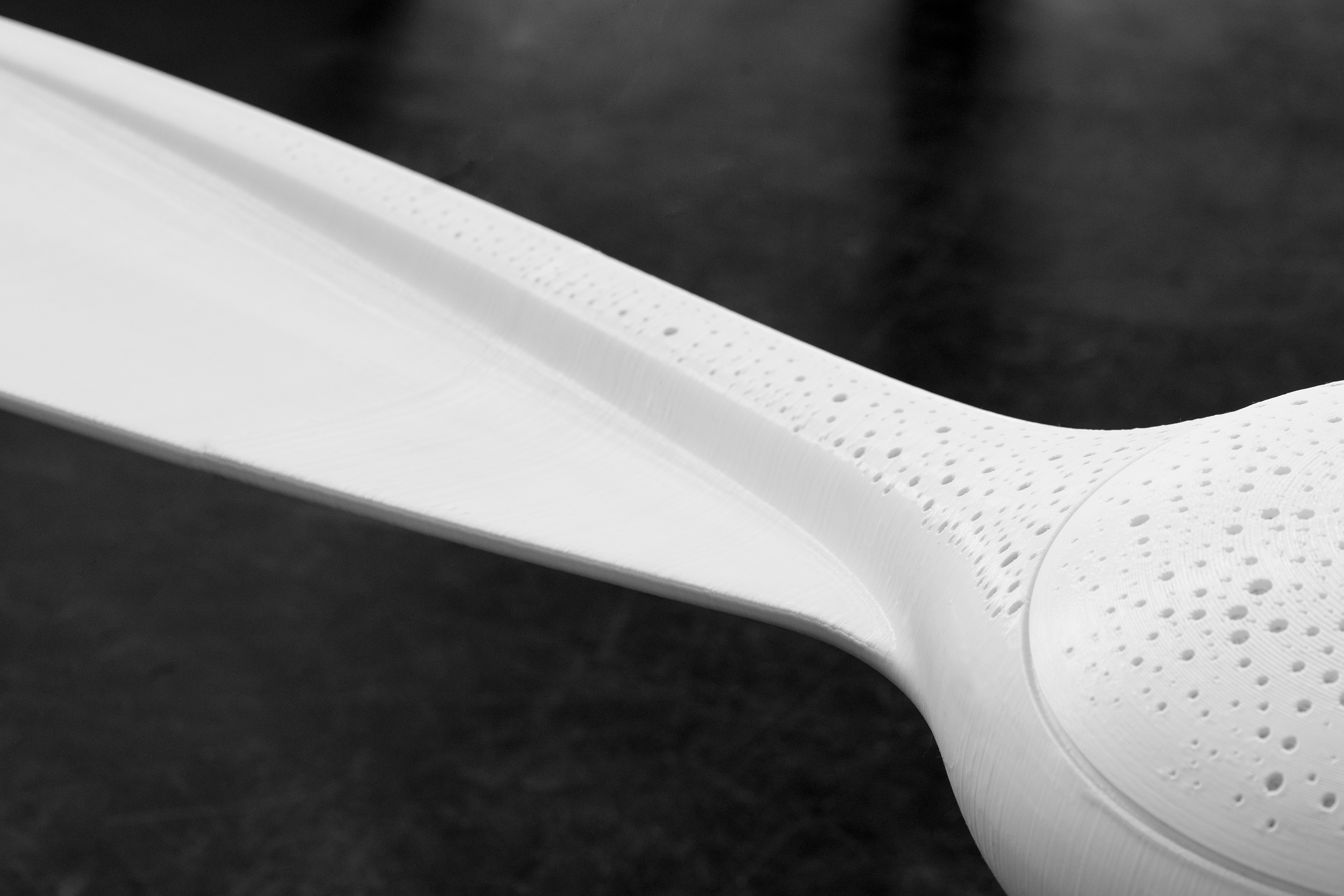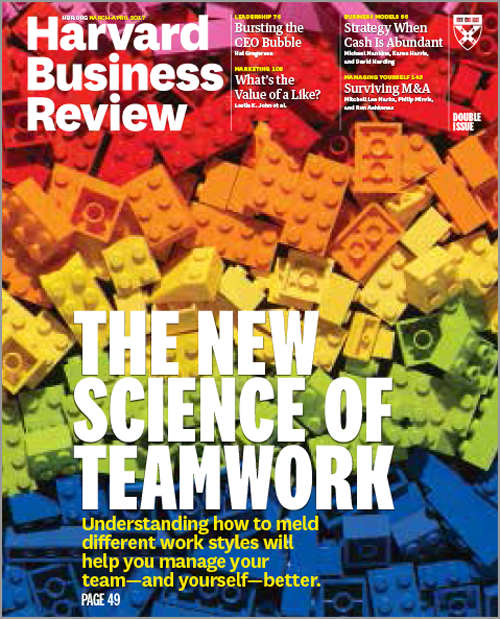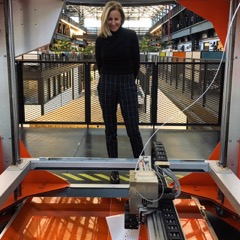The Centre Pompidou in Paris devotes a first “forward-looking retrospective” to the work of the industrial designer Ross Lovegrove, reflecting an overall vision of design based on the natural evolutionary process. The exhibition looks back at this quest for new paradigms in creation, at the crossroads of art, design, technology and nature.
“The idea of ‘convergence’ is important because it brings art and science together. It is an overall approach to design that ought to play an essential role in the 21st-century ‘Renaissance’ we are currently experiencing, which will lead to tangible creative principles that concern us all, wherever we are in the world,” he says.
For Ross Lovegrove, designers are interpreters or “sculptors” of technology. His objects with their dynamic shapes, seemingly in virtual movement, reflect digital developments in the contemporary world while opening out to new ways of living, marked by a “sustainable” awareness of the world where form harmonizes with nature. The designer draws on the growth principles of natural forms to conceive complex structures with innovative materials, focusing on the lightness of form and use. Biomimicry and the minimal use of energy are central to his approach.
Ross Lovegrove’s intelligent use of materials and industrial processes is unique.
Through designs that range from everyday objects to cars, aviation and architecture, the designer has developed the concept of “DNA” (Design, Nature, Art), creating a powerful link between digital technologies, the science of materials and organic forms. As well as observing nature, he draws fundamental inspiration from the hole-riddled sculptural forms of Henry Moore, the paintings of Francis Bacon and the “kinetic” sculptures of Tony Cragg.
Ross Lovegrove is one of the few designers who makes biology, anthropology, physics and ecology central to his work, and promotes a humanistic vision of design as part of a holistic approach to creation. In his view, “the idea of convergence intimates a time where the merging of all things takes the form of a profound change in the way we see and make the physical world around us”.
“Design is a sphere that is continually being reinvented. Because it involves transforming natural resources into useful objects, the designer is at the very heart of today’s technological issues, which affect not only our own emotional and aesthetic state but also our collective awareness as human beings – a species that is ever rapidly evolving and needs to adapt continuously.” Ross Lovegrove
Photo Credit: Arturo Tedeshi










